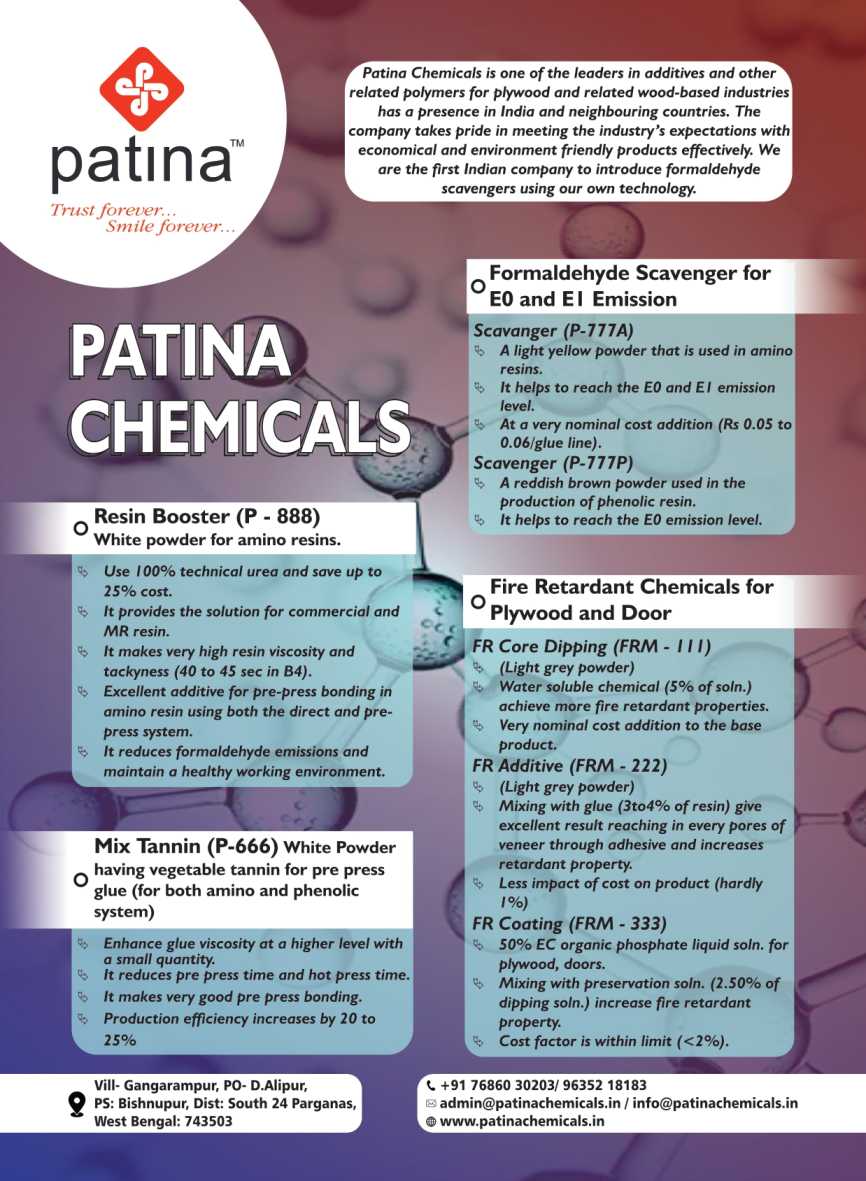
How to Attract New Farmers Twards Agro-Forestry
- January 8, 2024
- 0
The area of agro-forestry did not increase in comparison to the large number of production capacity. Apart from the farmers who were regularly engaged in agro-forestry, new farmers could not be encouraged.
After the closure of the North-East units in 1996, wood-based industry emerged all over India. Poplar and eucalyptus, which were introduced into agro forestry in North India, provided raw materials for this industry. Industries continued to grow and farmers also became enthusiastic and helped in supplying this increased demand. The fluctuations of the plywood market have jolted the prices of these species several times over two decades. Despite this, both farmers and industries recovered and agro-forestry also continued as usual.
After the production capacity increased manifold due to the issuance of new licenses Punjab in Haryana and Uttar Pradesh, this coordination started going haywire. The area of agro-forestry did not increase in comparison to the large number of production capacity. Apart from the farmers who were regularly engaged in agro-forestry, new farmers could not be encouraged. That is, the production of wood did not increase as much as it should have increased in accordance with the increase in the production capacity of the factories. The result was increase in prices due to reduced supply of raw materials.
Once the farmers were on the back foot, now the industry is on the back foot. But it is also a truth that the farmer has alternative crops, but the industry will have to depend on agro-forestry wood for raw material. For the industry to utilize its increased capacity, it is necessary to ensure adequate availability of raw materials at the right prices.
The fact to keep in mind here is that Ego should have no place in business. If the industries keep running enthusiastically and generating income, it will be beneficial for both the industry and the farmers and will also help in progress.
Let us look at the “Minimum Support Price and Fair and Remunerative Price” announced by the government over the years:
MSP or Fair & Remunerative price:
| 2004-05 | 2016-17 | 2023-24 | |
| Wheat | 640 | 1625 | 2125 |
| Paddy | 560 | 1470 | 2183 |
| Cotton | 1960 | 4160 | 6620 |
| Sugar cane | 75 | 230 | 315 |
The above table shows the increase in farmers’ per acre yield. We also know that there is a correlation between fertile land and the crop procurement policy of the government. Therefore, to attract farmers towards agro-forestry, the industry will also have to make adjustments. The prices of raw materials will have to be kept balanced.
Apart from this, it is also necessary to urge the government to plant trees in the vacant lands (government, forest or panchayat) and to include Poplar and Safeda in the Bhavantar scheme.
Suresh Bahety
9050800888


































































